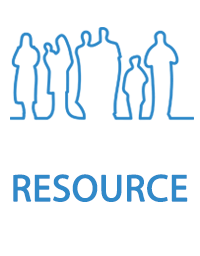Introduction
This module introduces and identifies stakeholders’ areas of engagement regarding physical environment in camp and camp-like settings, including the practical challenges and negotiations that often occur in the process. It provides awareness of technical aspects to be considered and how Camp Management Agencies’ (CMA) role contributes to site set up or improvements through ensuring participation of the communities and by taking into account the social and cultural characteristics of the displaced population. It also highlights a CMA’s role in ensuring that joint workplans involve all sectors.
The module builds on critical aspects in mitigating risks including gender-based violence (GBV), capitalizing on the role of the CM team, which is usually more aware of the needs of the population than site planners or other technical specialists. It also highlights how safe, appropriate, and sensitive planning can contribute to the mitigation. According to the training context (preparedness or operational), the trainer should select relevant activities that would be relevant to the participants in applying standards and practicing tools.
Note: Standards are introduced in Module 3. Humanitarian Principles, applied in Module 6. Data Collection and Information Management and referred to here as they relate to Shelter/NFI/WASH components in Sphere Project and UNHCR Handbook for Emergencies.
It is thematically linked to:
Topics/Activities
- What should we consider when improving or choosing an site/shelter
- Improving existing camp/collective centre design
- Phase 1: site or shelter identification and assessment
- Phase 2: Site selection discussion and agreement
- Phase 3: Protocols and documentation
- Standards in site planning
- What should be considered in site planning to mitigate GBV risk?

